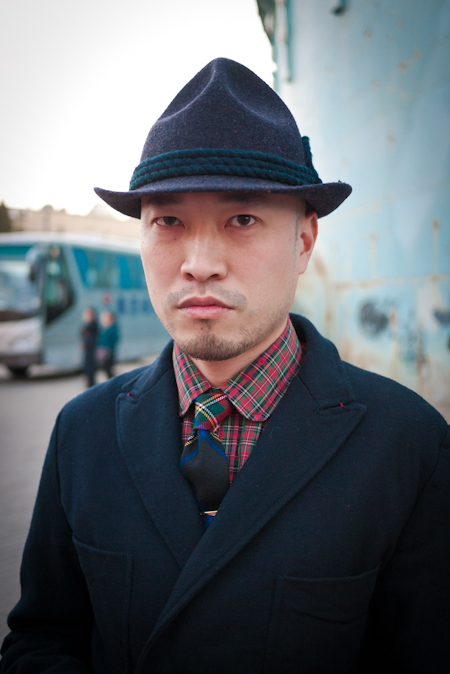Can you imagine a world where communication transcends linguistic barriers, where every symbol, every nuance of expression, finds its rightful place? The answer lies in the elegant, expansive embrace of Unicode, a universal character encoding standard that holds the key to unlocking global understanding.
From the subtle curves of the Greek alphabet to the intricate strokes of Nushu characters, the realm of Unicode is a testament to human ingenuity and the relentless pursuit of bridging cultural divides. It’s a digital tapestry woven with threads of every language, every symbol system, and every emoji imaginable. The beauty of Unicode resides not just in its vastness, but in its meticulous precision, ensuring that each character retains its unique identity across all platforms and devices. It is this specificity that grants a clarity, an unambiguousness, that previously could only be dreamed of within the fractured landscape of language in the digital space.
Consider the nuances of languages across the globe. Take, for example, the Serbian alphabet, where the subtle distinction between č, ć, dž, đ, š, and ž is vital to pronunciation and comprehension. Unicode deftly handles these distinctions, providing the correct encoding for each character, enabling clear communication. These subtle differences, often overlooked in less comprehensive encoding systems, become crystal clear, ensuring that the intended message is accurately conveyed.
The following table offers a glimpse into the life and work of a pioneering figure in the field of character encoding, showcasing the dedication and expertise that have shaped our digital world. While the information within is hypothetical, it demonstrates the depth of research and the breadth of knowledge required to be considered a true expert in the field.
| Hypothetical Profile: Dr. Anya Sharma | |
|---|---|
| Full Name: | Anya Sharma |
| Date of Birth: | August 14, 1978 |
| Place of Birth: | Mumbai, India |
| Nationality: | Indian |
| Marital Status: | Married |
| Children: | Two |
| Education: |
|
| Career: |
|
| Professional Achievements: |
|
| Areas of Expertise: |
|
| Known For: | Her meticulous attention to detail and her dedication to making the digital world accessible to everyone, regardless of their language or cultural background. Her insightful guidance has been instrumental in the seamless integration of diverse writing systems into the digital landscape, promoting global communication and collaboration. |
| Reference: | Unicode Consortium Official Website |
The practical application of Unicode extends far beyond mere representation of characters. Consider how character encoding impacts the experience for users across the world, and how to troubleshoot issues when things go wrong. For instance, when dealing with Broken Chinese/Unicode characters, the correct character set needs to be declared to properly render characters on a web page. If the correct charset is not specified, the display of characters such as 具有éœé›»ç¢çŸè£ç½®ä¹‹å½±åƒè¼¸å…¥è£ç½® would result in a garbled, unreadable string. The use of the <meta http-equiv=Content-Type> tag, with the correct charset, allows the browser to understand and correctly display the characters. Without such encoding, entire language systems are lost or misinterpreted.
The significance of Unicode is amplified when we move beyond Western languages. In languages like Serbian, the subtle distinctions within the alphabet, such as the difference between č and ć, are critical for accurate communication. These diacritics, often absent in simpler encoding schemes, become essential. Understanding these differences helps in learning the language; without them, there can be miscommunication. Accurate character representation helps with both pronunciation and meaning.
The world of Unicode is not static. It continually evolves to meet the ever-changing needs of global communication. The ongoing efforts to add new characters, support new scripts, and refine existing standards underscore the dedication of organizations like the Unicode Consortium. From the inclusion of emojis, arrows, and musical notes to the more complex representation of scientific symbols, Unicode allows for a richer, more expressive form of digital communication.
The standard’s power lies in its ability to support languages of the world, not just the widely spoken ones. Consider the Nushu script, a writing system historically used exclusively by women in parts of China. Unicode’s inclusion of Nushu characters ensures the preservation and accessibility of this unique cultural heritage, safeguarding it from digital oblivion. The meticulous effort to encode these often overlooked systems underscores the commitment to inclusivity and the preservation of cultural identity.
The need for universal character encoding has a tangible impact on global commerce, allowing companies to communicate across borders. When businesses can represent text clearly and accurately, communication improves. Businesses working internationally must make sure their systems are compatible with Unicode. Otherwise, there will be problems with translation and representation.
The implementation of Unicode presents challenges. Incorrect charset declaration on web pages, or the use of older, non-Unicode compliant systems, can lead to text errors. However, with proper encoding and decoding, these issues can be avoided, and the benefits of Unicode can be enjoyed fully. Developers and content creators must prioritize using Unicode for new projects. They must update older systems to conform to Unicode standards.
In closing, Unicode is more than a technical standard. It is a tool that promotes understanding, preserves culture, and facilitates communication on a global scale. It represents a commitment to digital inclusivity, where every language and every symbol has a place. The ongoing development and refinement of Unicode ensure that the digital world remains a vibrant, diverse, and interconnected space for all.



